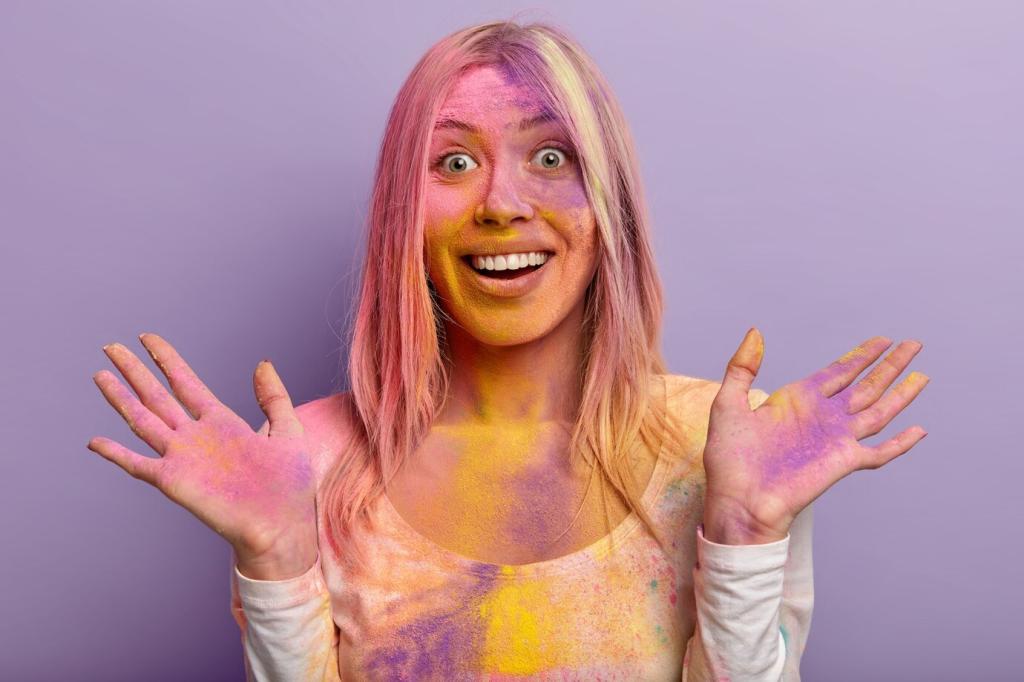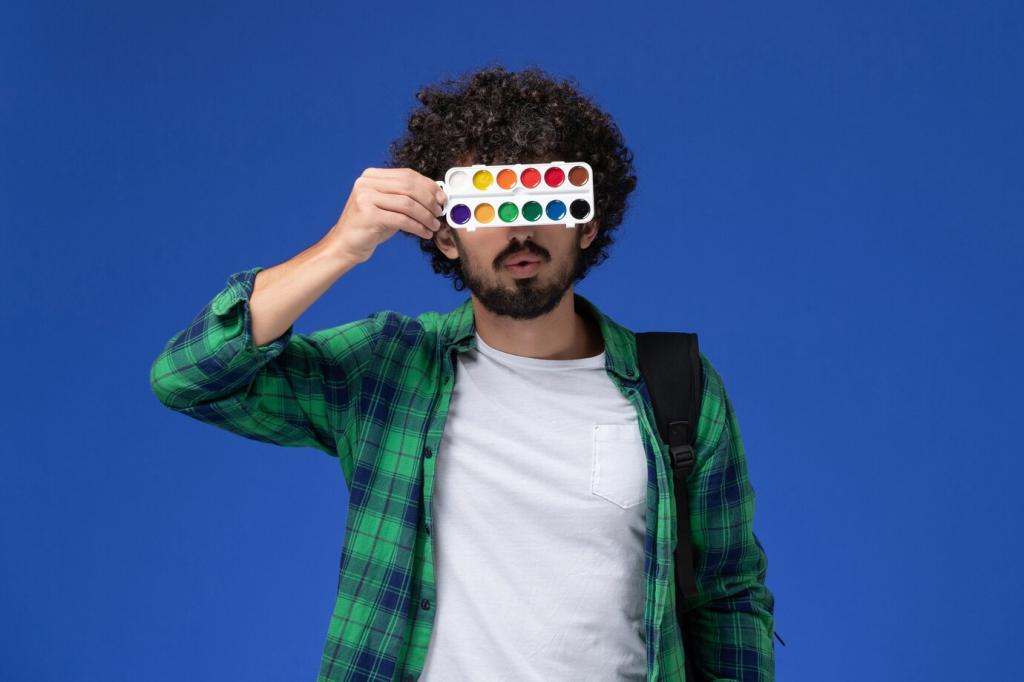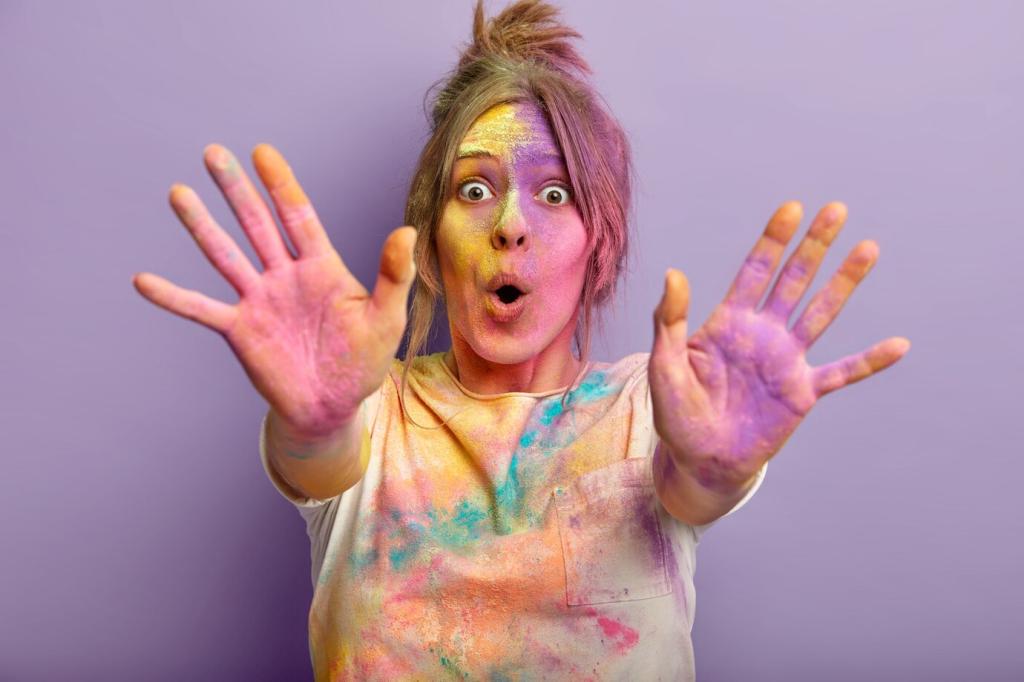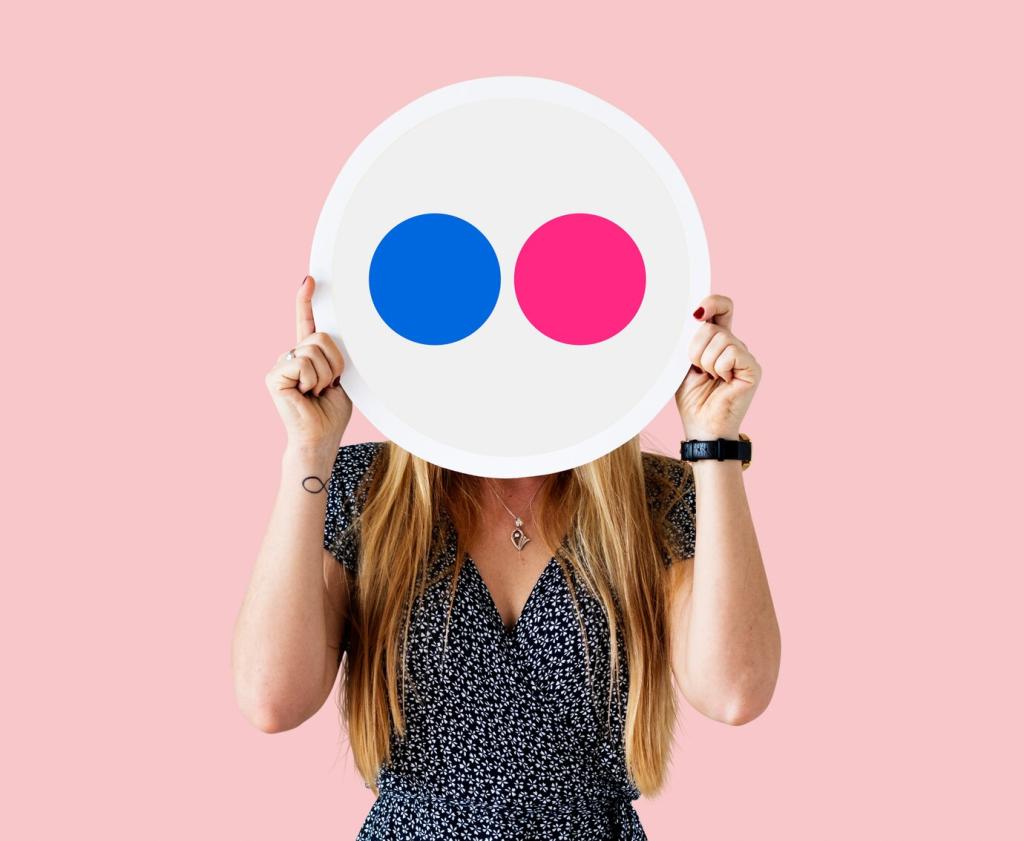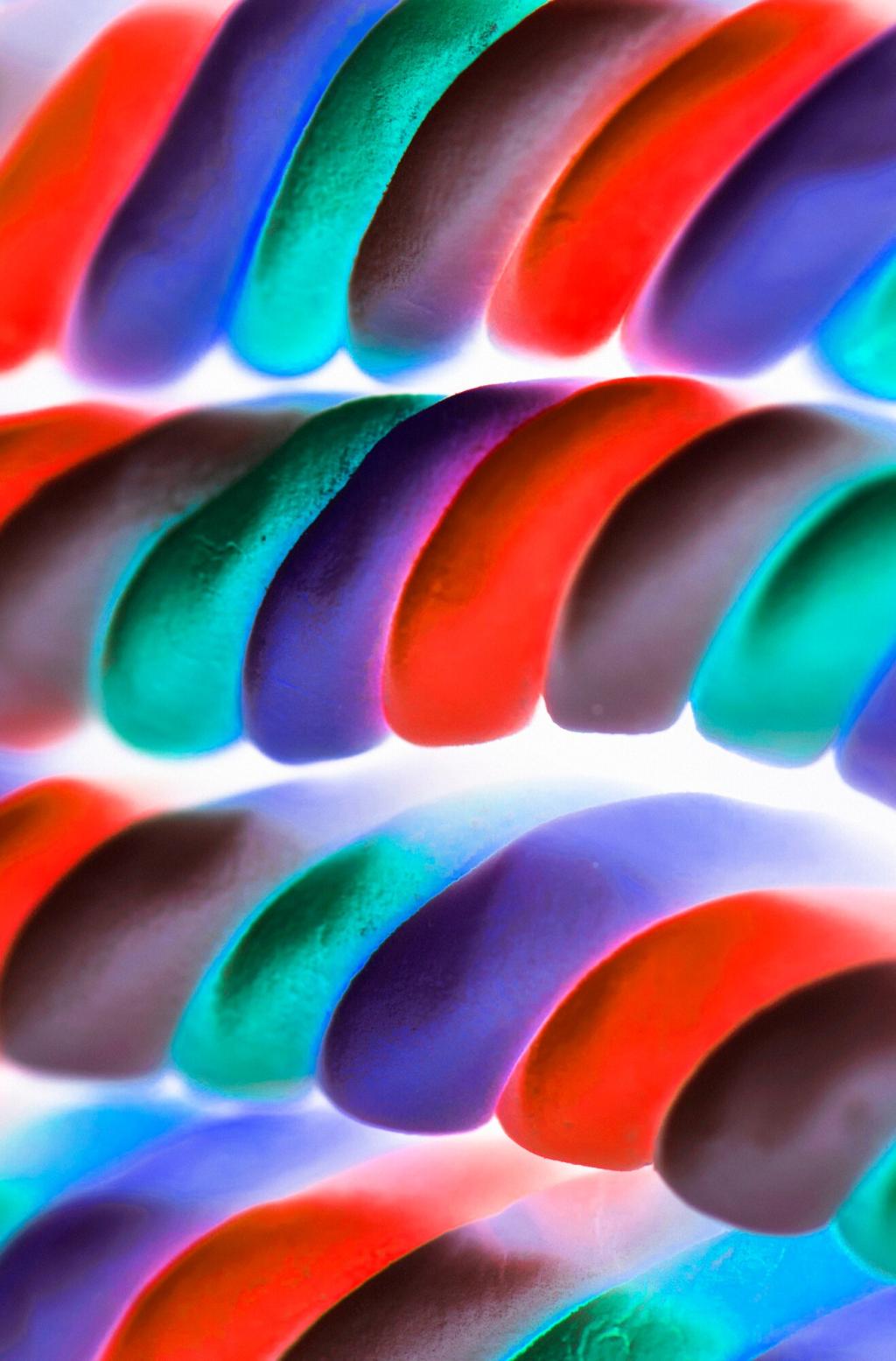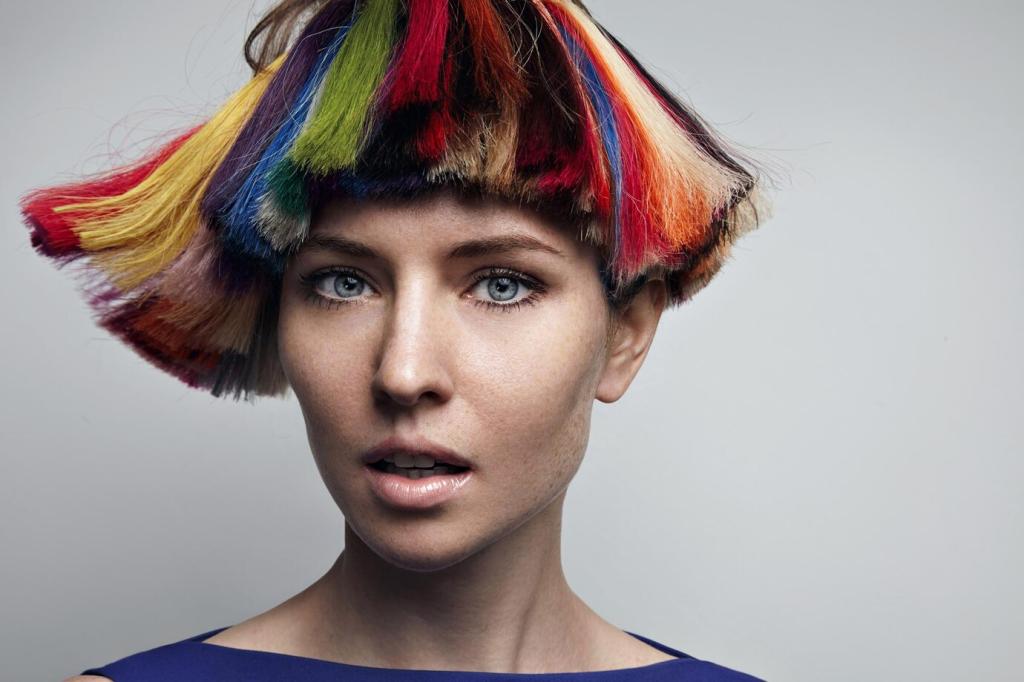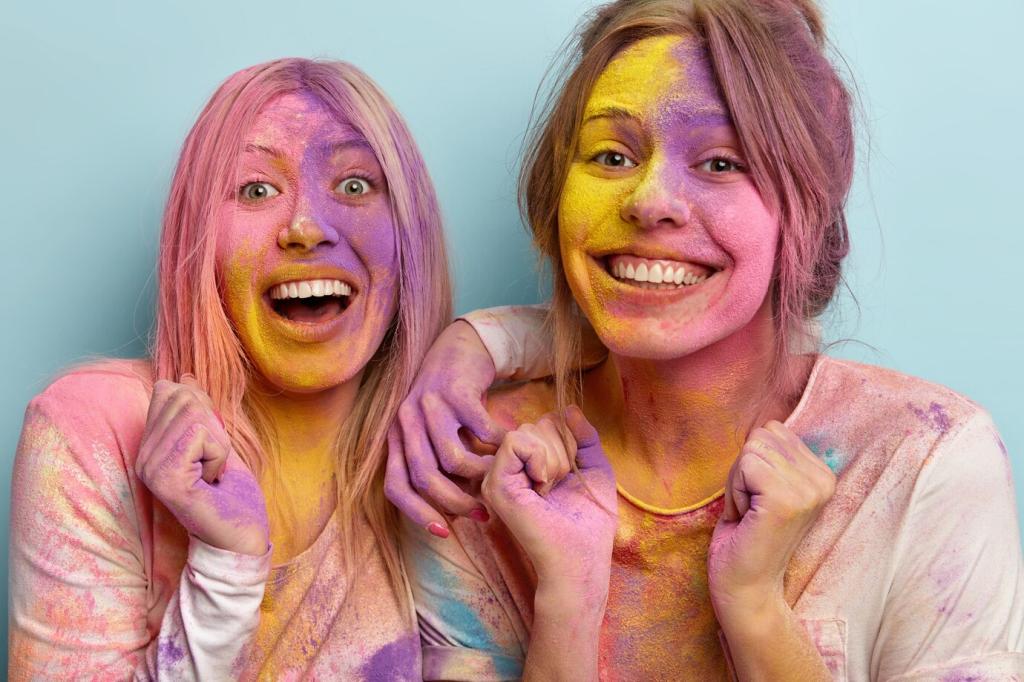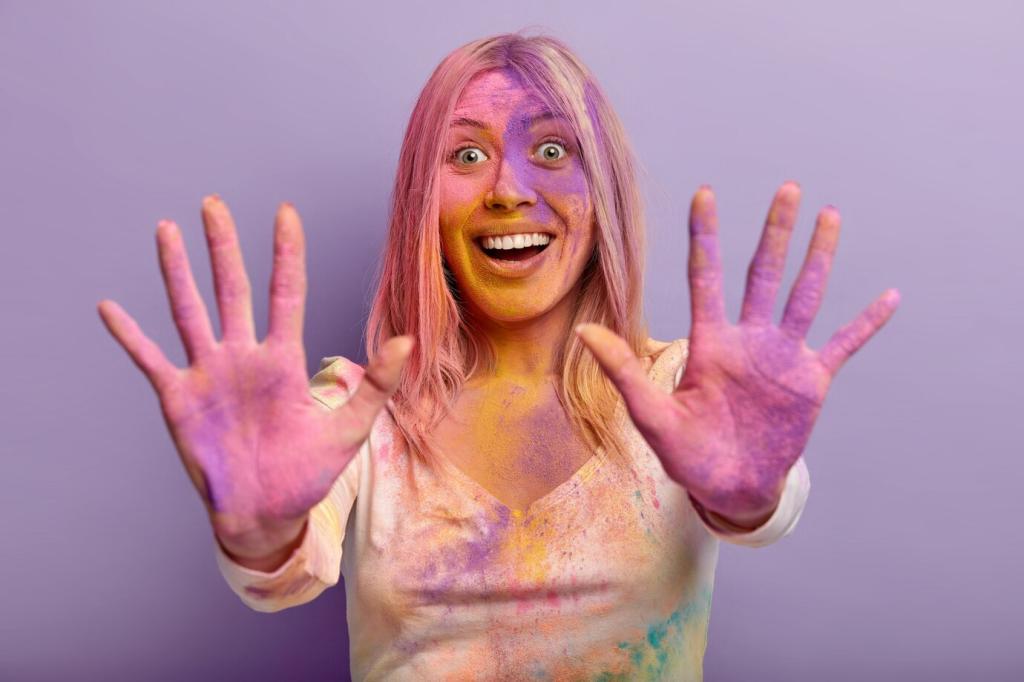Lighting, Materials, and Finish: The Hidden Variables
North light cools colors, south light warms; evening lamps shift tones amber. Choose bulbs thoughtfully—warmer temperatures soothe, cooler ones energize. Try a two-bulb setup and report when your space feels most balanced.
Lighting, Materials, and Finish: The Hidden Variables
Matte finishes mute glare and calm busy palettes; gloss amplifies vibrancy and drama. Pair rough weaves with soft hues for grounded comfort. Post a close-up of your favorite texture-color combo and why it settles or sparks you.

